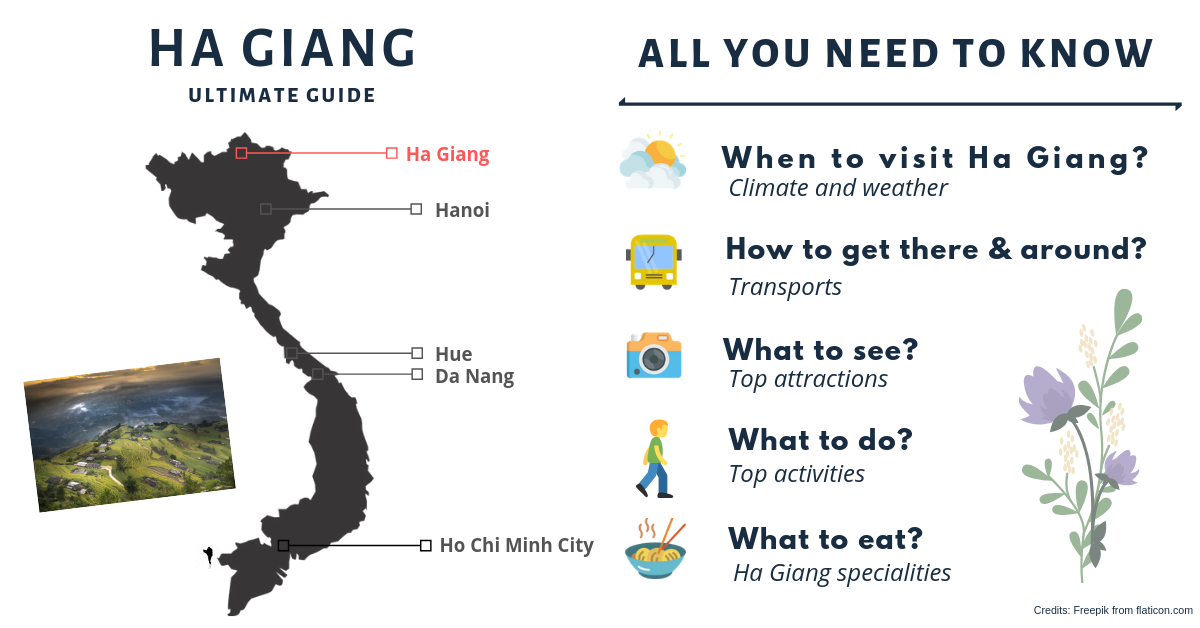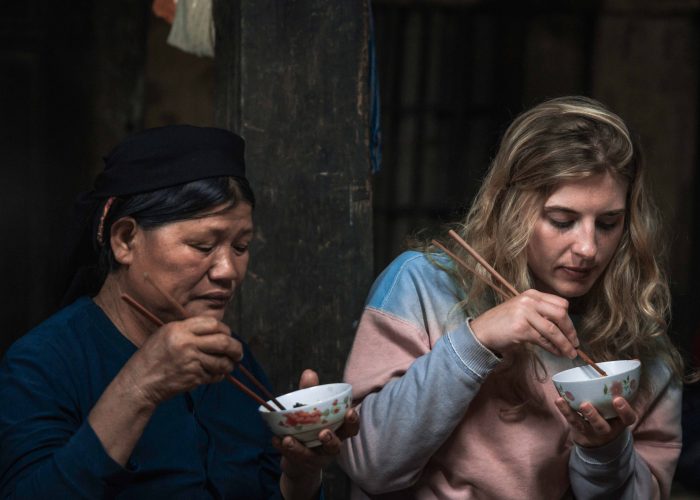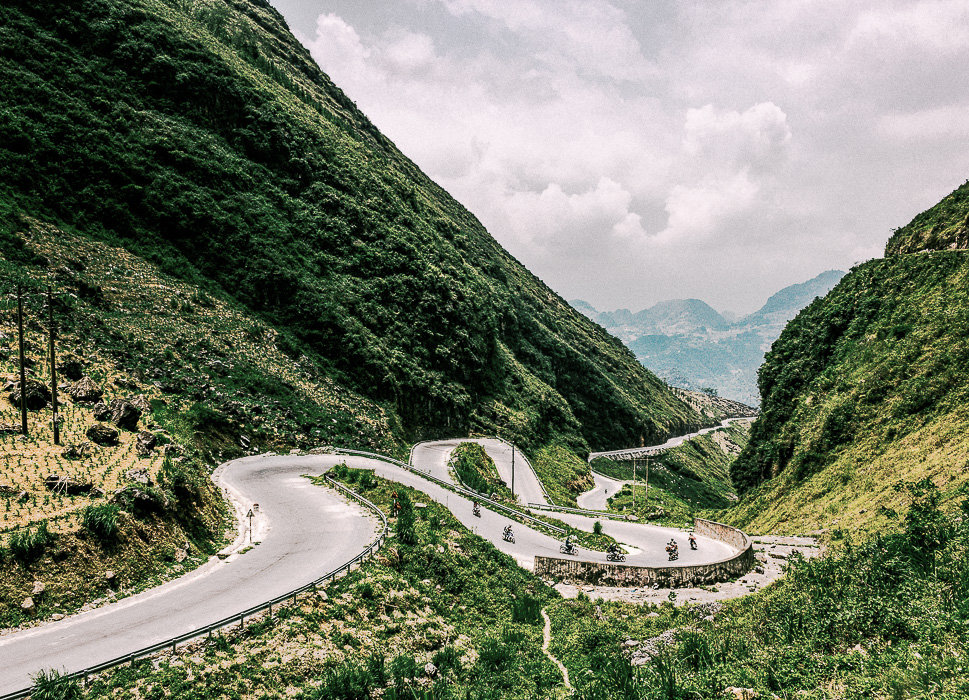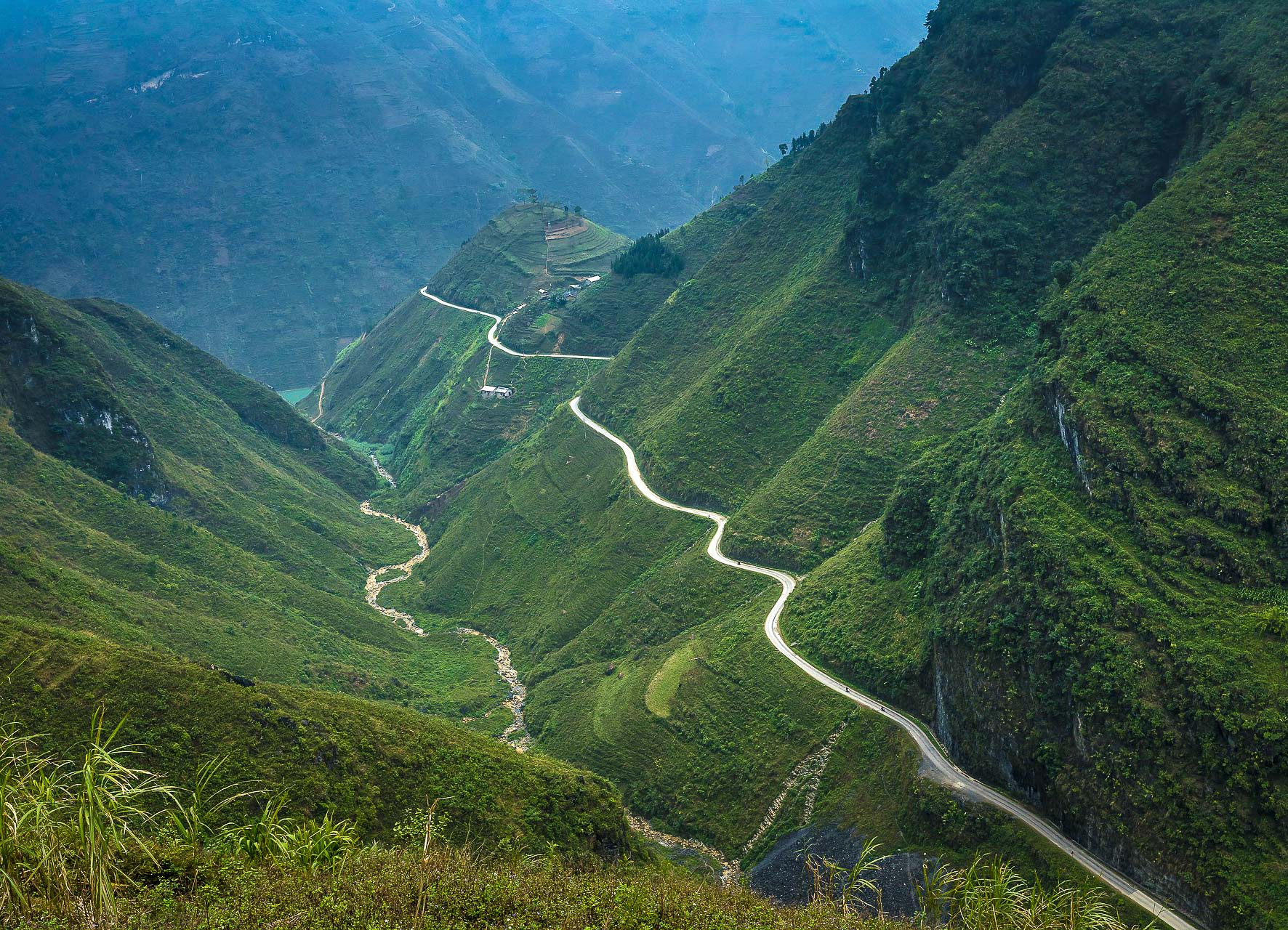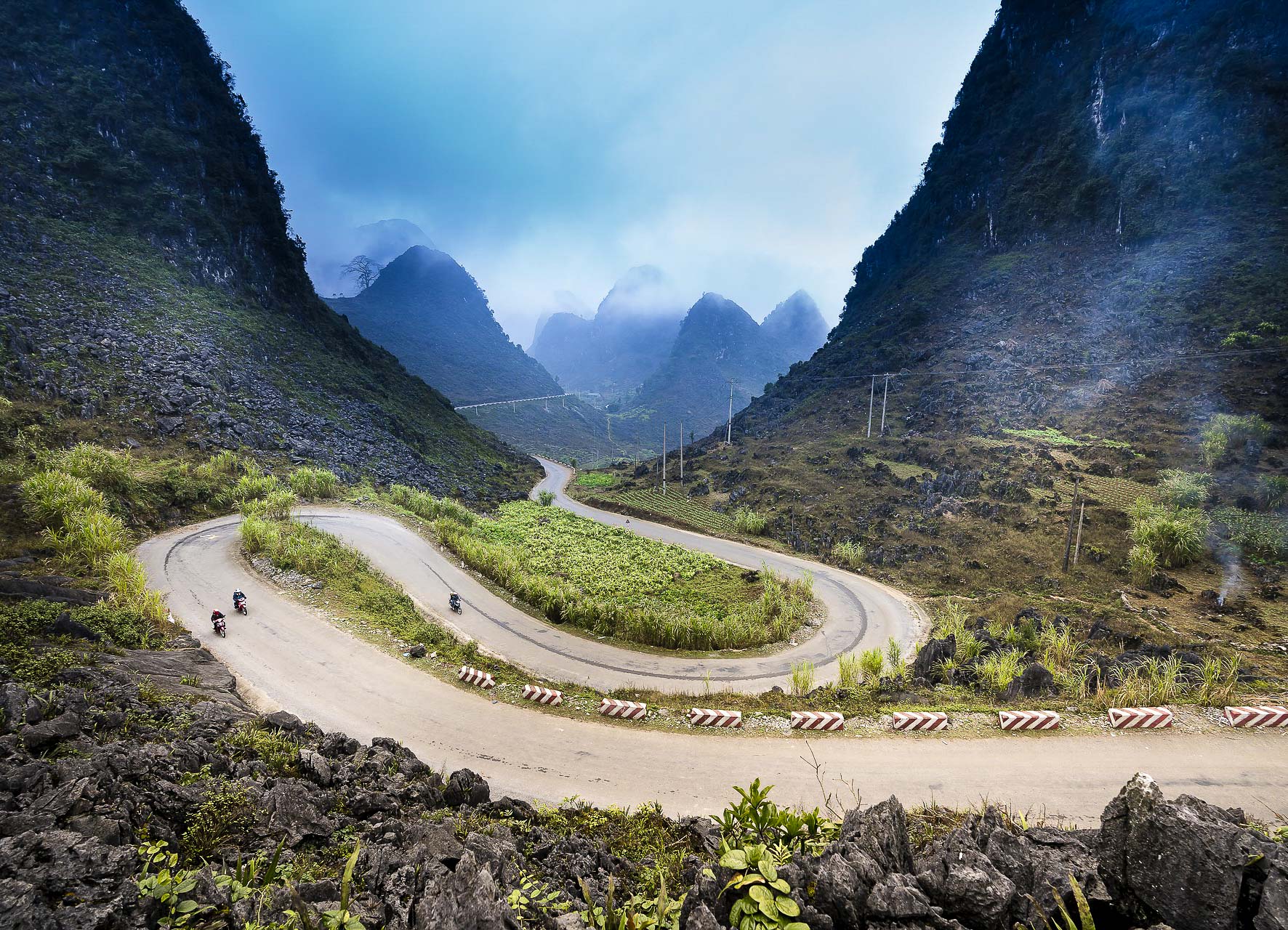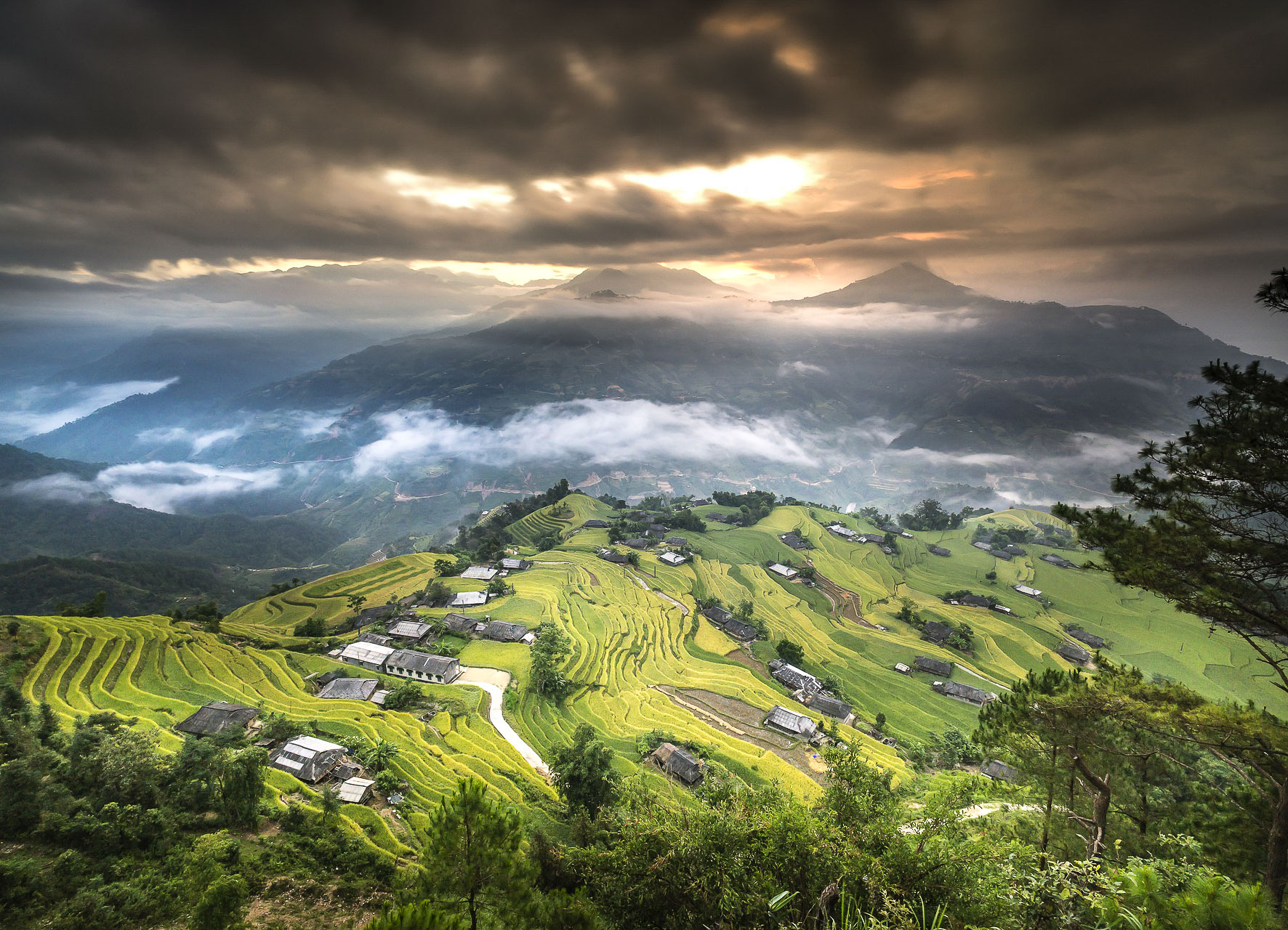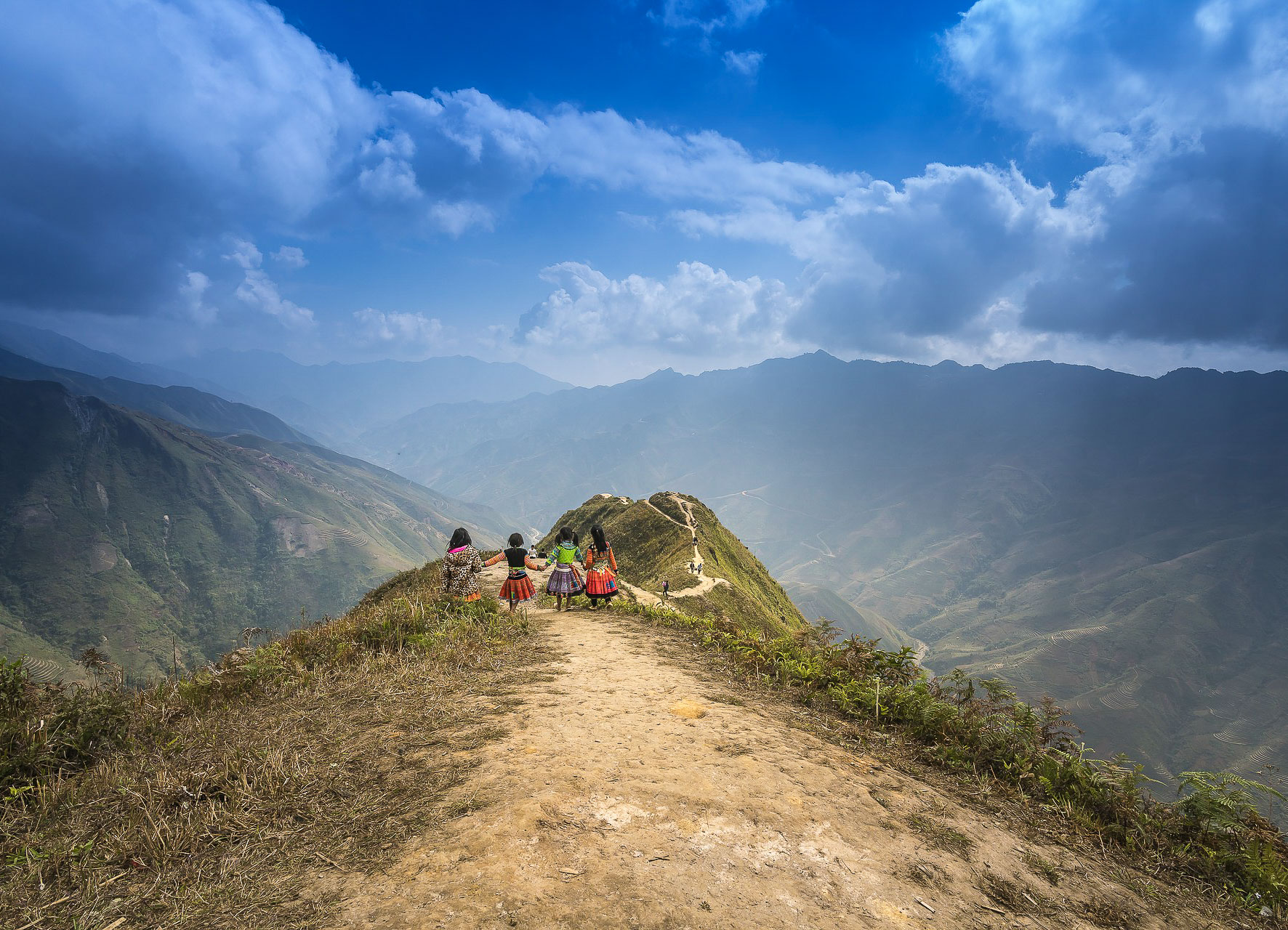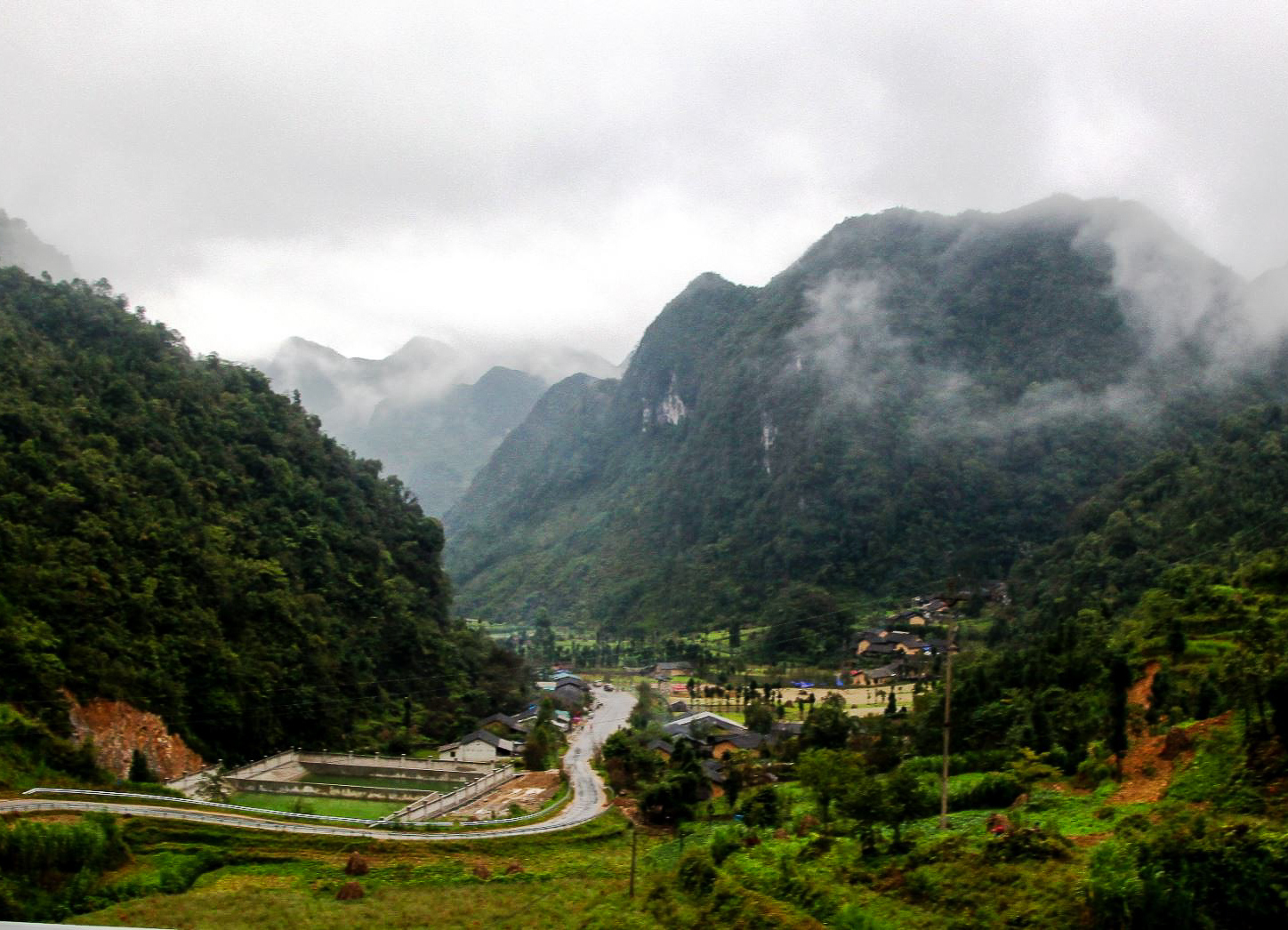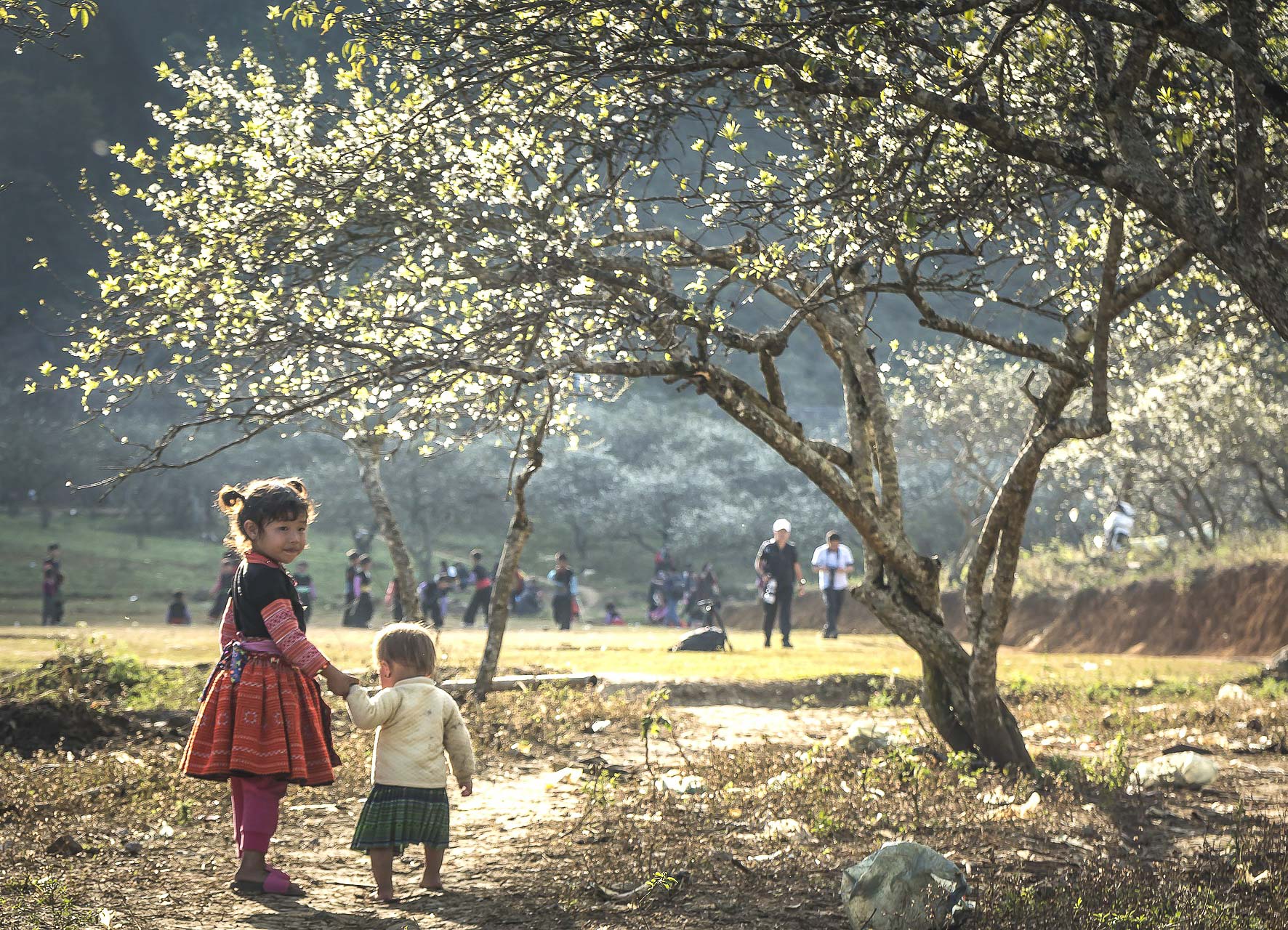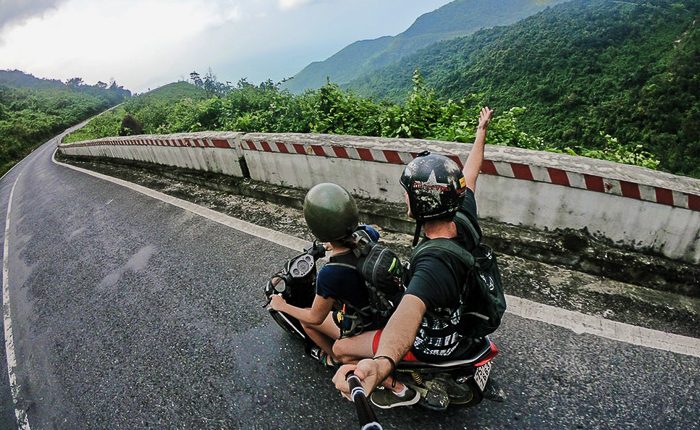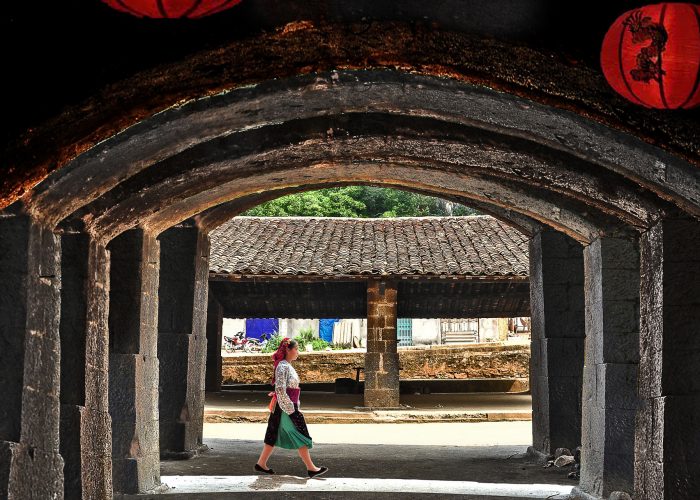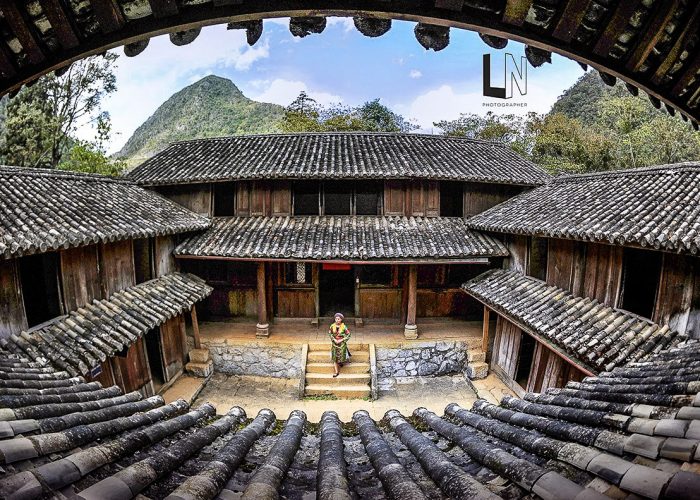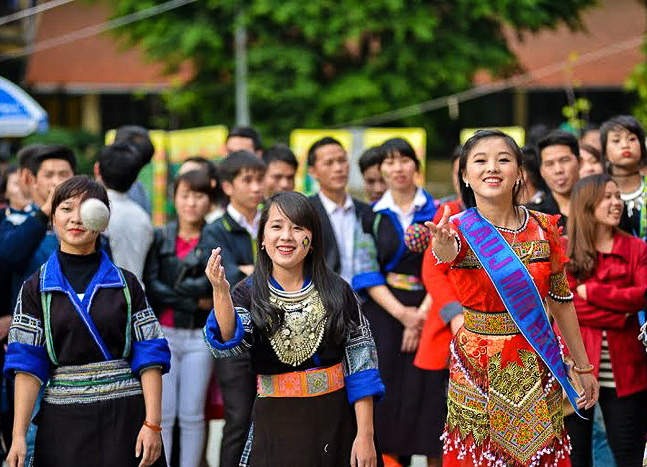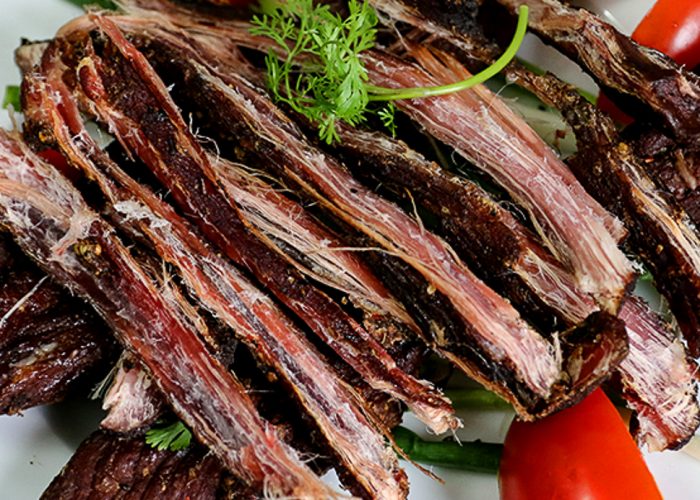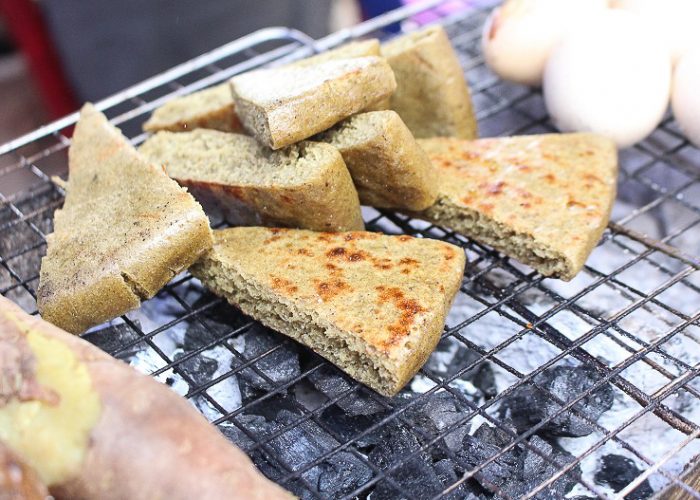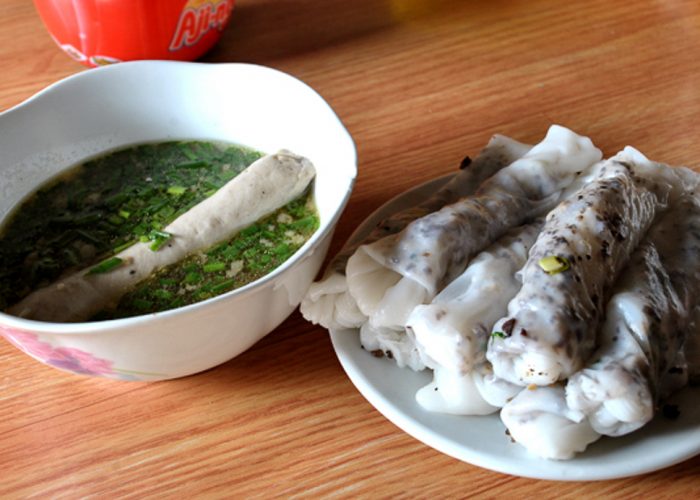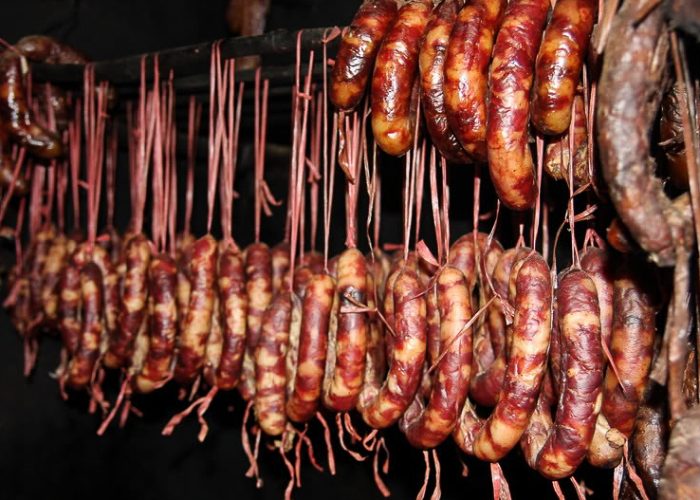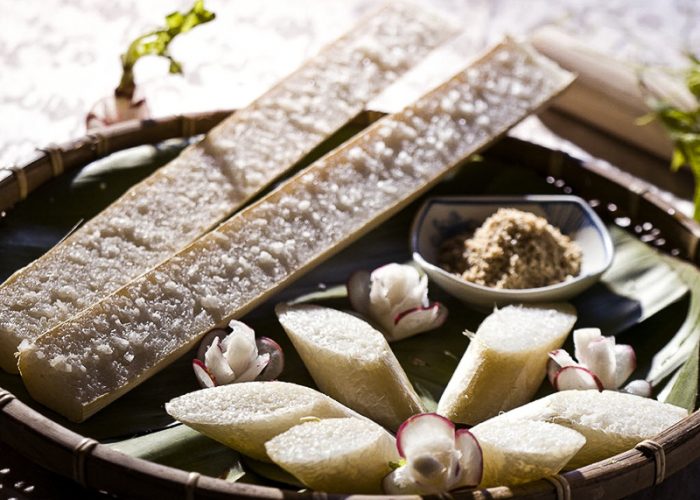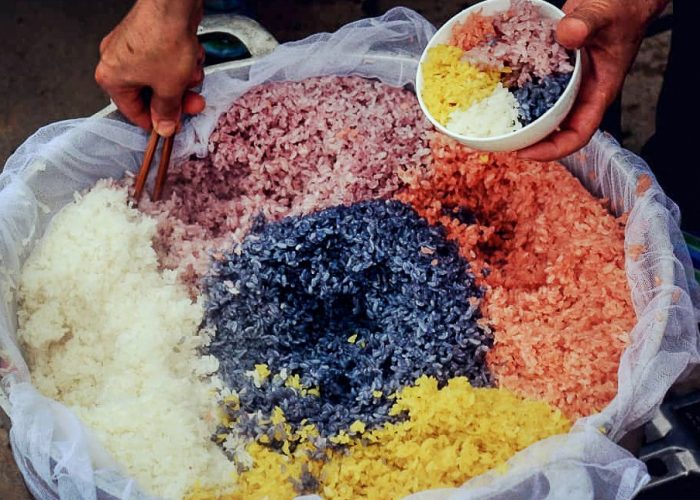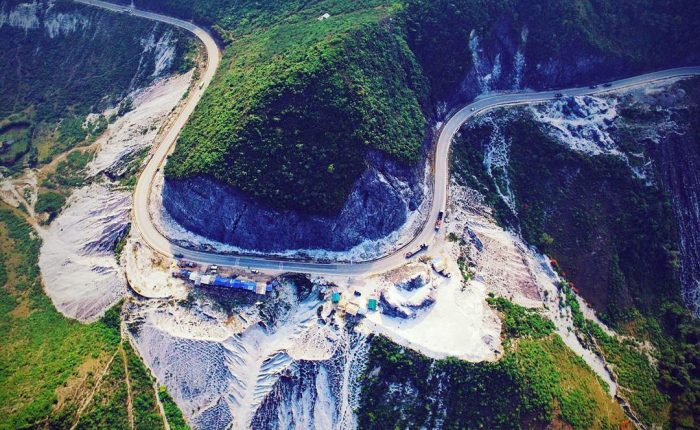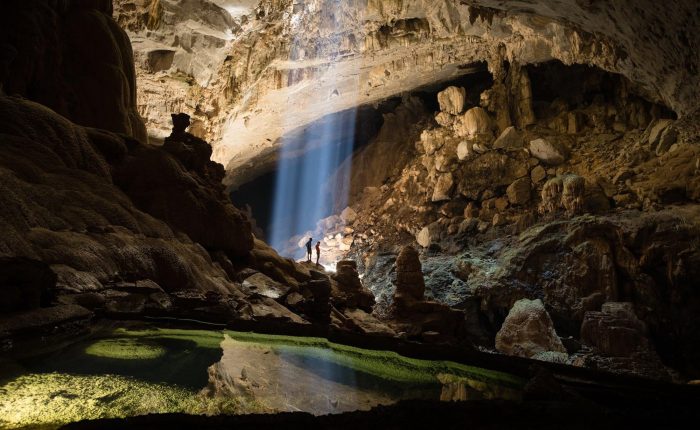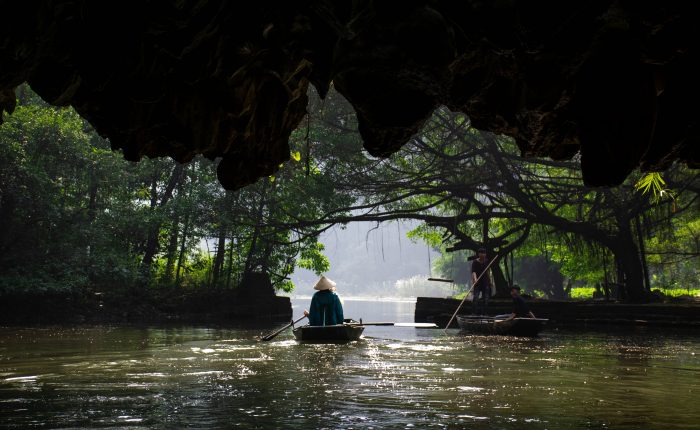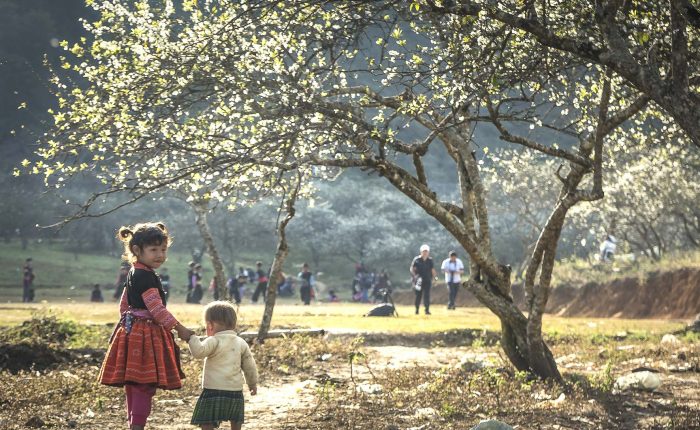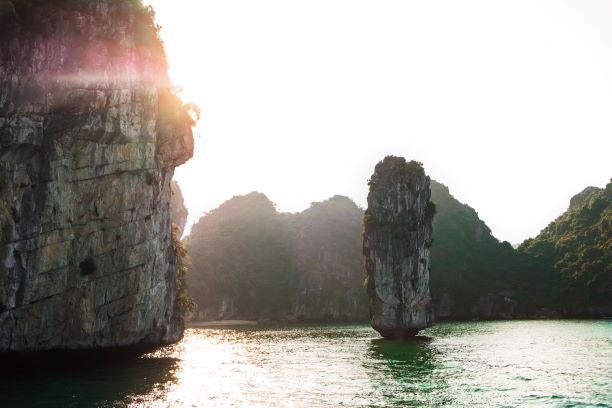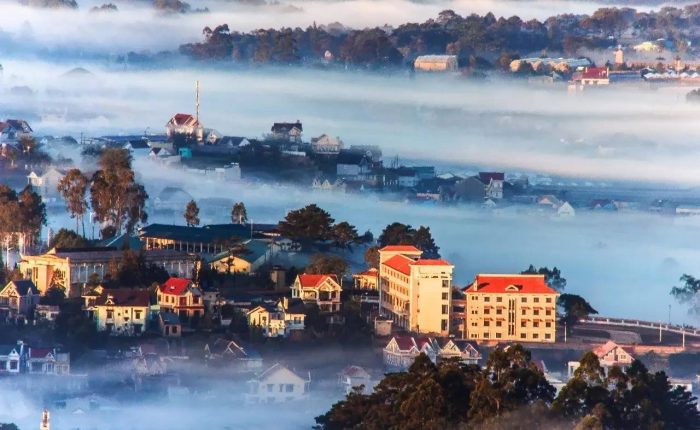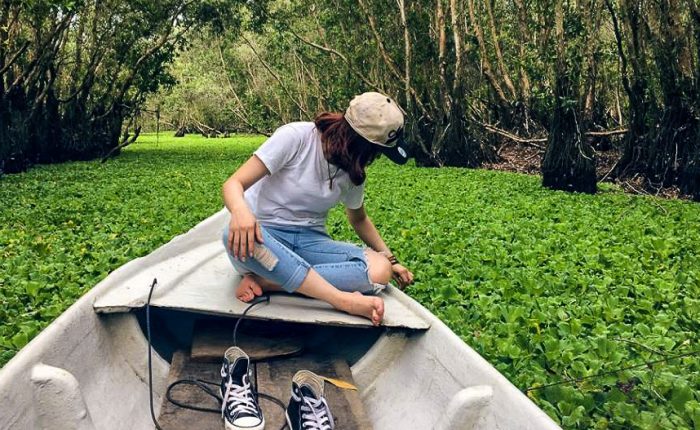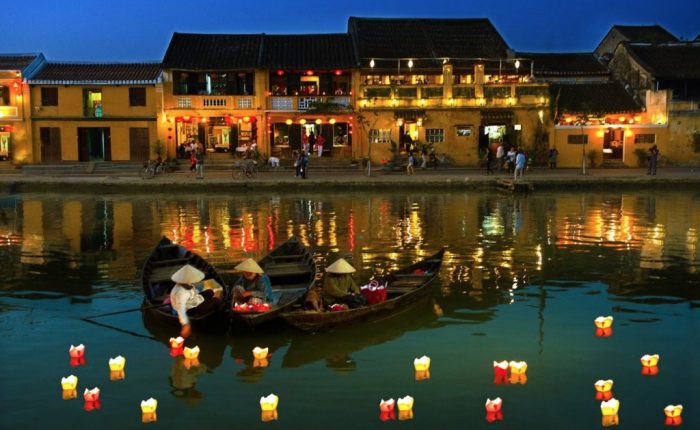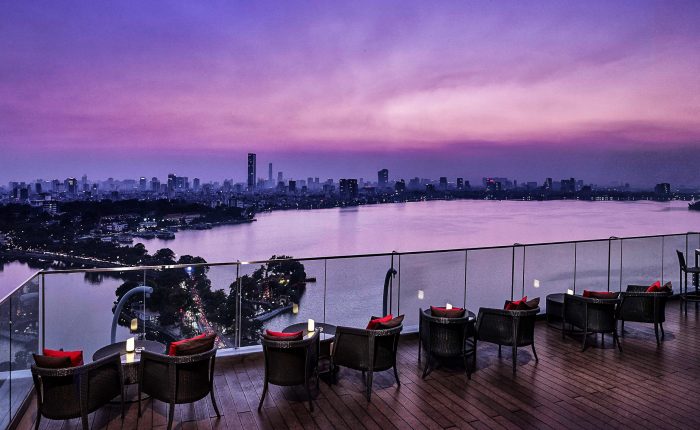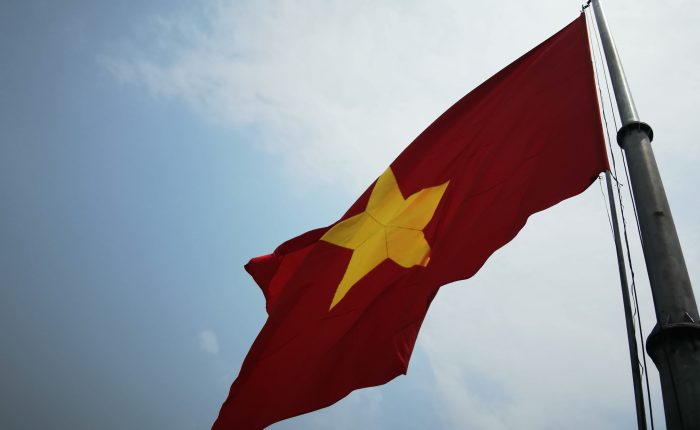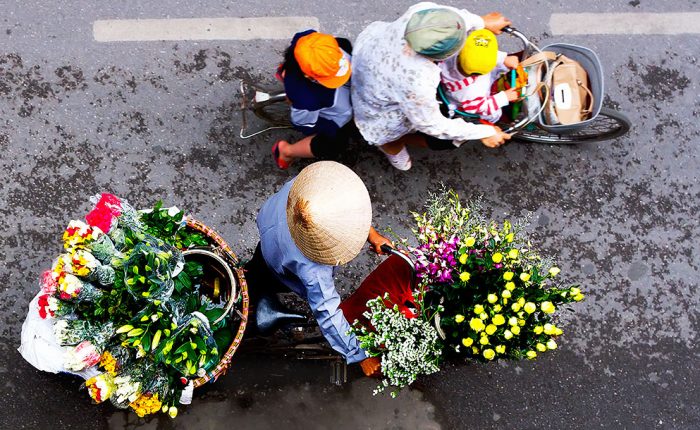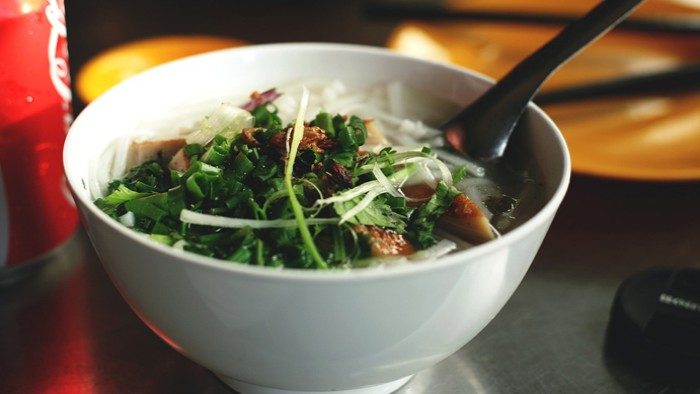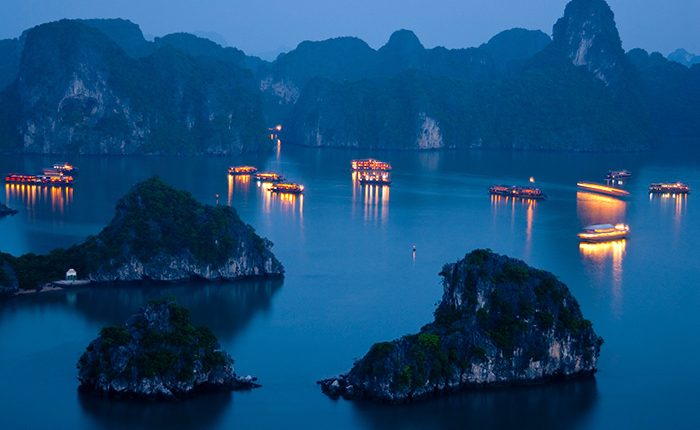The Extreme North Loop
Ma Pi Leng Pass
With 20km (~12,43 mi) in length and 2000m (1.24 miles) in altitude, the pass connects Meo Vac town with Dong Van town. In the local Mông ethnic language, “Mã Pì Lèng” means the bridge of the horse nose, indicating its danger. That is why it is the king of top four magnificent passes in Vietnam, making it famous among both the Vietnamese and foreigners who desire to conquer. Hence, in 2009, it was recognized as the “National Attraction”. In addition, Ma Pi Leng was an extremely difficult road to build as well. Thousands of workers worked days and nights, cutting through every centimetre of the mountain rock to make the smooth road that we are able to ride on a motorcycle now.
O Quy Ho pass
The pass is located on Hoang Lien Son mountain, connecting 2 provinces: Lao Cai and Lai Chau. It is also one of the four magnificent passes in Vietnam, with 50km (~31,07 mi) in length and 2000m (1.24 miles) in altitude. The beauty of the pass is truly one of a kind. Cloudy on the side of Lao Cai province, yet sunny on the side of Lai Chau. There is snow in the winter, and clouds in the summer, which makes it a must-visit destination for travellers. It is also common to ride through the clouds on the road then arrive at the sunny top of the mountain, which is guaranteed to leave you speechless.
Tham Ma pass
According to the local legend, Thẩm Mã pass (horse appraisal) was used to appraise the strength of horses. People let the horse go up to the top of the pass and if it is still able to carry on, they will keep that horse. Though it does not appear on the list of top four famous passes in Vietnam, you still shall not “pass”. The road will lead you to the entrance of Dong Van town – the famous rock highland. With various bumpy U-shape turns, it challenges even the most experienced riders, thus, extra caution is never too much. Then surely, at the top, you will be rewarded with stunning scenery of the Northern Vietnamese mountains.

